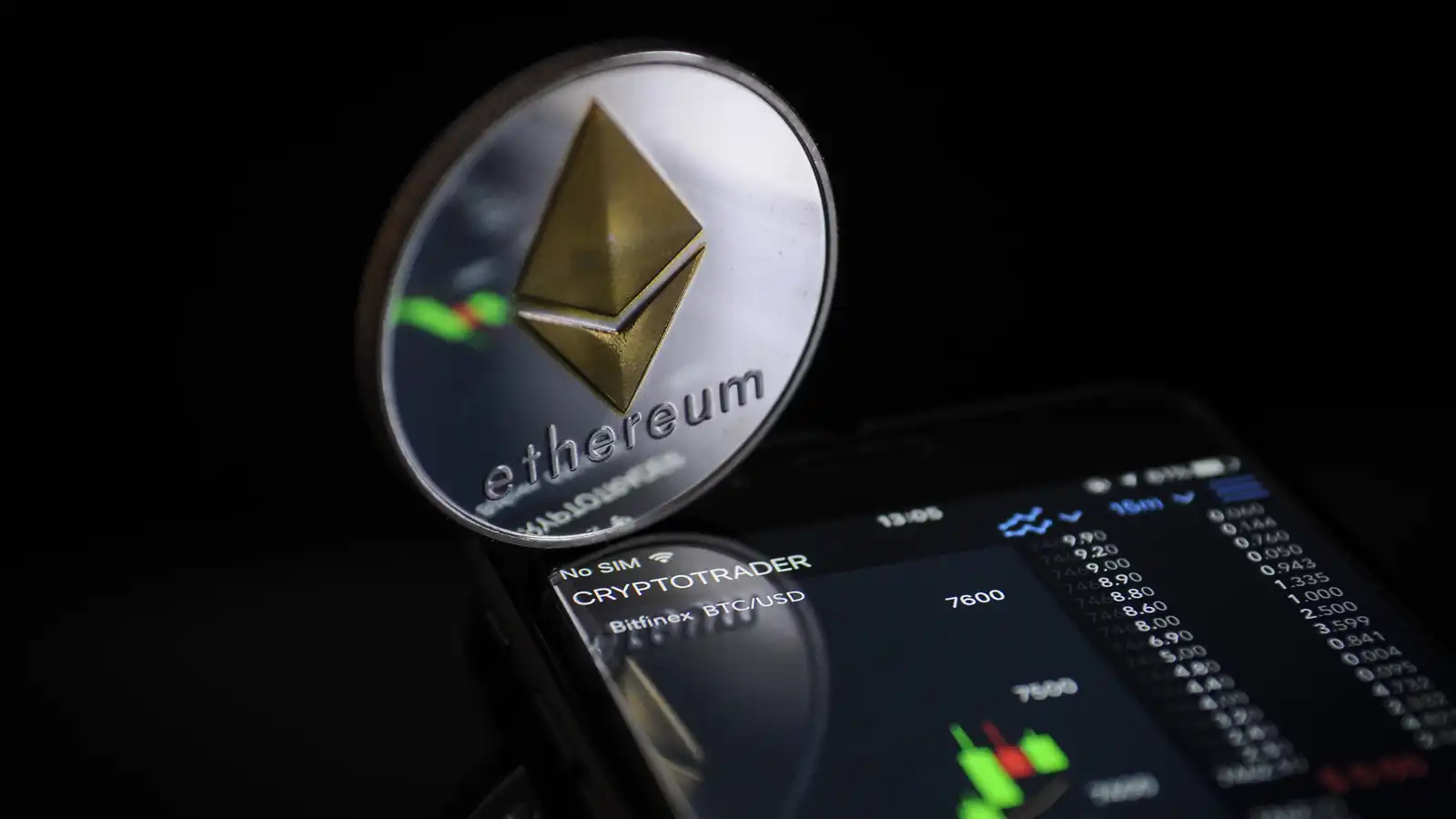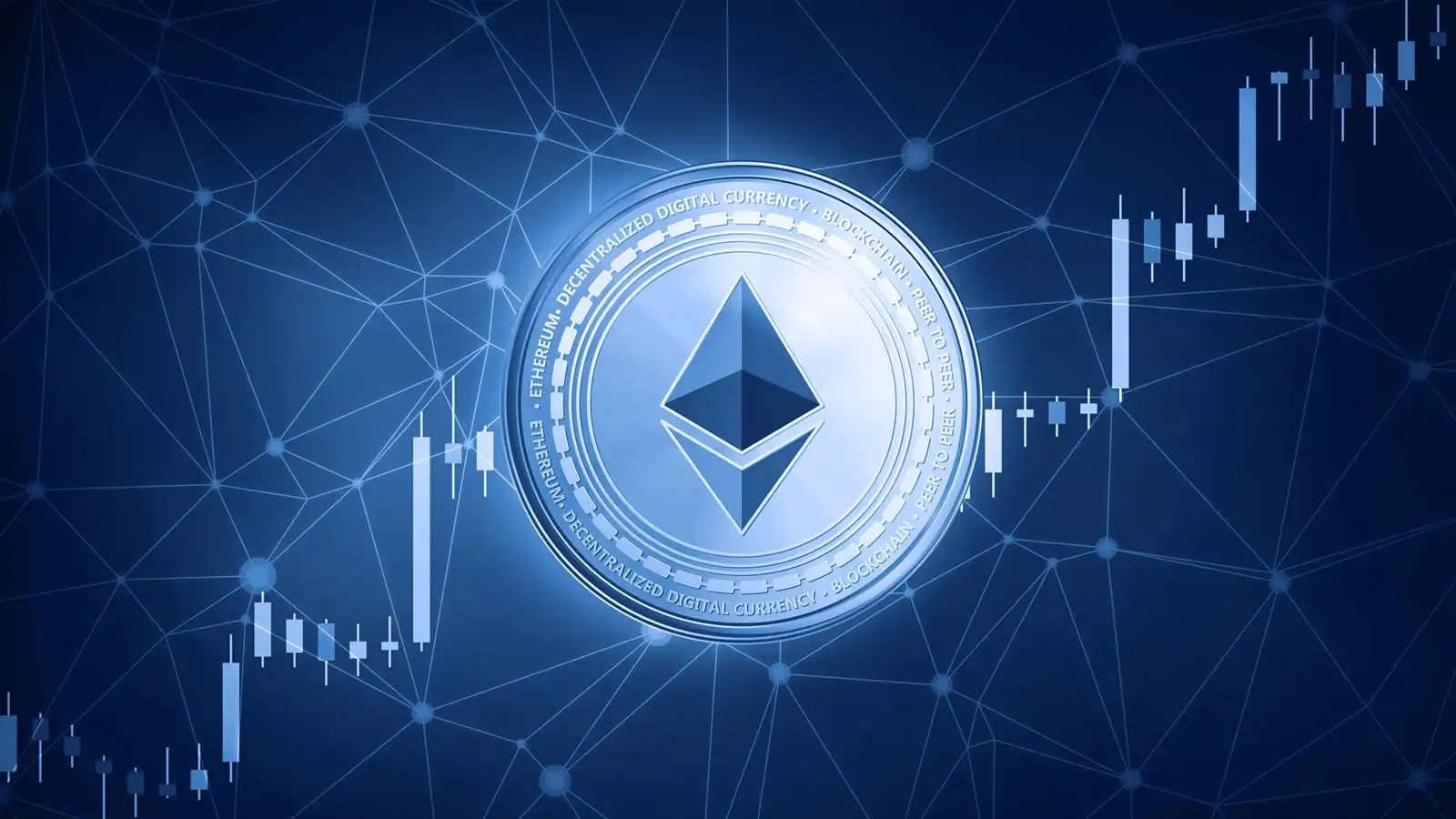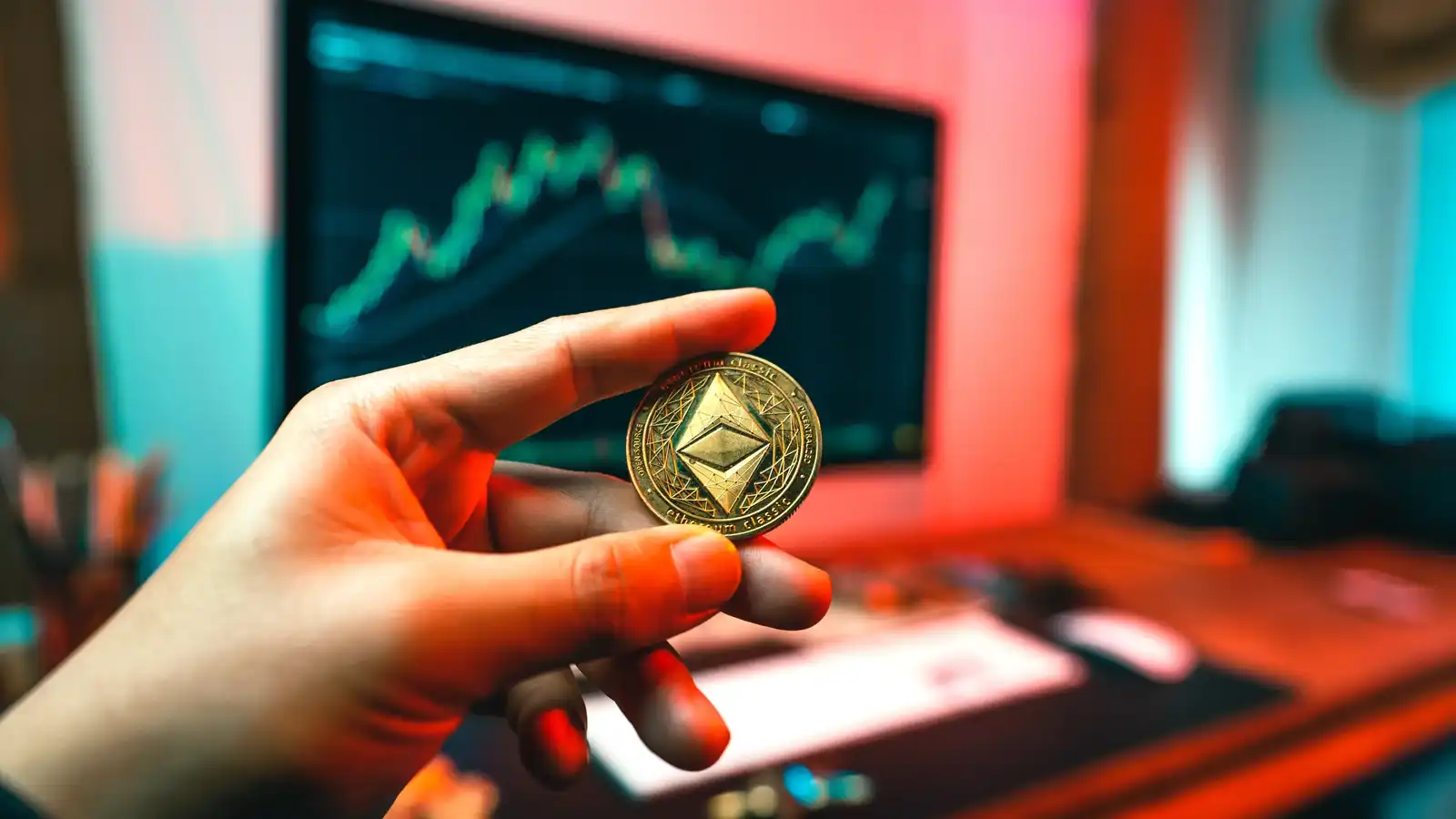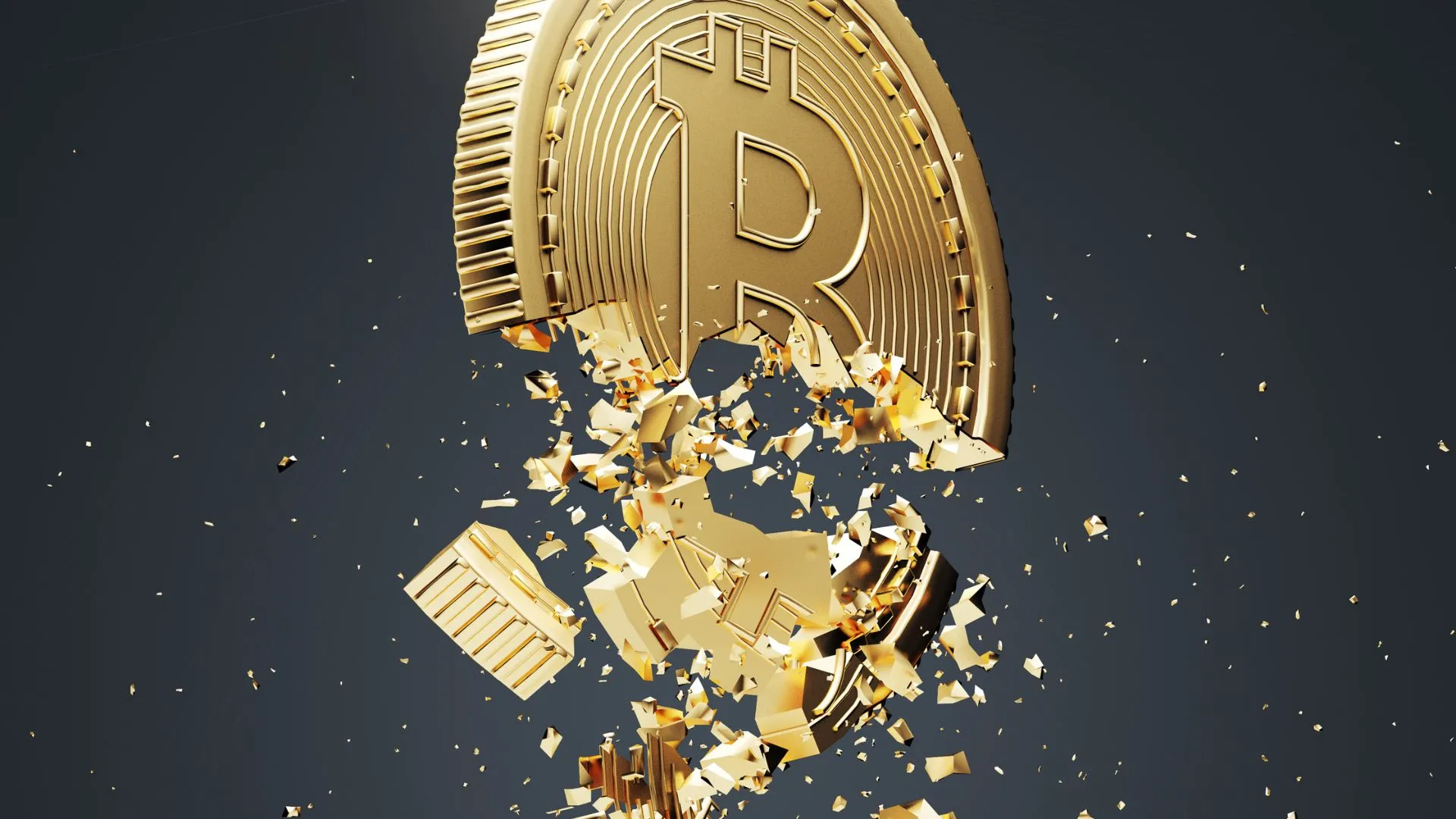Bitcoin often steals the spotlight, but Ethereum has quietly become the second-largest cryptocurrency by market cap. But what is Ethereum, and why should you care?
In this beginner’s guide, we’ll break down the basics of Ethereum in simple words. You’ll learn how it differs from other cryptocurrencies, why it’s making waves in the tech world, and what potential it holds for the future.
So grab a cup of coffee and get ready to demystify the world of Ethereum – no computer science degree is required.
What is Ethereum? A Beginner’s Introduction
Ethereum is a groundbreaking technology that’s reshaping the digital landscape. At its core, it’s a decentralized global software platform powered by blockchain technology. This means it’s not controlled by any single entity, but rather by a network of computers worldwide.
You’ve probably heard of Bitcoin, right?
Well, Ethereum is similar in some ways, but it’s much more than just a cryptocurrency. While it does have its own digital currency called Ether (ETH), Ethereum’s real power lies in its ability to support decentralized applications, or “dApps.”
The Ethereum Ecosystem
Imagine a world where you can create and use applications that aren’t controlled by any single company or government —– that’s what Ethereum enables.
Developers can build these dApps on Ethereum’s platform, opening up a whole new world of possibilities for how we interact online.
From financial services to gaming, and even digital art, Ethereum is paving the way for a more decentralized internet. It’s not just about sending money anymore – it’s about reimagining how we use the web itself.
The History of Ethereum – How Was it Created?
Now you might be wondering how Ethereum came to be.
Well, it all started with a brilliant young mind named Vitalik Buterin. Back in 2013, when Buterin was just 19 years old, he conceived the idea of Ethereum. Imagine a platform that could do more than just facilitate transactions – that was Buterin’s vision.
Fast forward to 2015, and Ethereum made its grand entrance under the codename “Frontier.” It wasn’t just a quiet launch, though. Ethereum held a crowdsale that raised a whopping 31,500 Bitcoins, which led to the creation of 12 million ETH.
That’s right, Ethereum started with a bang!
But here’s the kicker: Ethereum wasn’t just another cryptocurrency. It introduced the concept of smart contracts, allowing developers to build decentralized applications. This innovation set Ethereum apart from Bitcoin and other cryptocurrencies, paving the way for a whole new world of blockchain possibilities.

Ethereum’s Purpose and Key Features
Ethereum is like a global computer network that lets you do some pretty cool stuff. It’s not just about sending digital money around (though it can do that too).
Smart Contracts: The Game Changer
At its core, Ethereum introduces a groundbreaking feature known as smart contracts. These are self-executing digital agreements with the terms of the contract directly written into code.
When predetermined conditions are met, the contracts automatically execute, eliminating the need for intermediaries like lawyers or brokers. This not only streamlines processes but also reduces the time and costs associated with traditional contract obligations, making transactions more efficient and secure.
Decentralized Applications (dApps)
Ethereum also supports Decentralized Applications (dApps), which are applications that run on the Ethereum blockchain instead of on a centralized server like those on your phone or computer. These dApps are open-source, meaning their code is available for anyone to view, use, and modify.
They are not controlled by any single entity, which improves transparency and reduces the risk of censorship or downtime. By operating on a decentralized network, dApps utilize the security, reliability, and trustless nature of blockchain technology, offering innovative solutions and services across various industries.
Ether (ETH): Fueling the Network
By combining these features, Ethereum aims to create a more open and accessible digital ecosystem for everyone. It’s not just about currency – it’s about reimagining how we interact and transact online.
How Ethereum Mining Works
Ethereum mining is the process by which new Ether (ETH) coins are created and transactions are added to the blockchain.
Solving Complex Puzzles
In the world of cryptocurrency, the process of Ethereum mining parallels that of Bitcoin. It involves a sophisticated computational plan where miners employ powerful computing systems to solve complex mathematical problems. The complexity of these problems demands significant computational resources for resolution.
Transaction Validation
Importantly, solving these computational challenges helps validate transactions on the Ethereum blockchain. This process acts like a digital accountant, providing all transactions are accurate. This important function strengthens the security and smooth operation of the Ethereum network.
Collaborative Mining
Understanding the challenges of solo mining, many miners choose to join mining pools. These prominent mining pools allow miners to pool their resources together, significantly improving their chances of earning rewards. This collaboration is similar to participating in a lottery, but instead of buying tickets, miners contribute computational power.
Incentives for Contribution
Ethereum vs. Bitcoin – What’s the Difference?
You might be familiar with Bitcoin, but what about Ethereum?
While both are cryptocurrencies, they serve different purposes. Bitcoin is like digital gold, primarily used as a store of value. Ethereum, on the other hand, is a platform for building and running applications.
Functionality
Bitcoin focuses on digital payments, allowing you to send and receive money without intermediaries. Ethereum goes further, enabling the creation and execution of smart contracts – self-executing agreements with terms written into code.
Consensus Mechanism
Another key difference lies in how transactions are verified. Bitcoin uses Proof of Work, which requires significant computational power. Ethereum recently switched to Proof of Stake, a more energy-efficient method that relies on users “staking” their tokens to validate transactions.
Flexibility
While Bitcoin excels at being a digital currency, Ethereum’s flexibility allows for a wider range of applications. From decentralized finance to non-fungible tokens (NFTs), Ethereum’s ecosystem continues to expand, offering more possibilities for developers and users alike.

What is Ethereum 2.0?
Ethereum 2.0, also known as Eth2 or “Serenity,” is a major upgrade to the Ethereum network. It’s designed to improve the platform’s speed, efficiency, and scalability.
The Shift to Proof-of-Stake
One of the biggest changes in Ethereum 2.0 is the move from a proof-of-work to a proof-of-stake consensus mechanism. This shift aims to make the network more energy-efficient and secure.
The Merge
The cornerstone of Ethereum 2.0 is “The Merge.” This important update combines the original Ethereum blockchain with a new proof-of-stake system, significantly improving the network’s scalability and security.
Improved Speed and Efficiency
Ethereum 2.0 introduces sharding, a method of splitting the network into smaller pieces. This upgrade allows for parallel processing, potentially increasing transaction speeds and reducing congestion on the network.
By implementing these changes, Ethereum 2.0 aims to create a more sustainable, scalable, and efficient blockchain platform, capable of handling a growing number of users and applications.
How does Ethereum have value?
You might be wondering how Ethereum, a digital asset, can have real-world value. Well, it’s not as complicated as you might think.
Market forces at play
Like any commodity, Ethereum’s value is largely determined by good old supply and demand. When more people want to buy Ethereum, its price tends to go up. Conversely, if there’s less demand, the price might dip.
Technological advancements
Ethereum’s value isn’t just about market sentiment, though. The ongoing development of the Ethereum network plays a crucial role. As the platform becomes more efficient and capable, it attracts more users and developers, potentially driving up ETH’s price.
Growing interest and innovation
As awareness of Ethereum and its diverse potential applications continues to spread, more people are becoming interested in the platform.
This growing interest is driven by the platform’s innovative features, such as smart contracts and decentralized applications (dApps), which allow a wide range of use cases from financial services to digital art.
As more projects and solutions are developed on Ethereum, and as its real-world applications become more evident, the demand for ETH, Ethereum’s native cryptocurrency, tends to rise. This heightened attention and adoption can contribute to an increase in ETH’s value, reflecting the platform’s expanding influence and utility in the broader digital economy.
The cryptocurrency market can be volatile, so always do your research before investing.
So there you have it – the basics of ‘What is Ethereum’ in a nutshell.
Whether you’re looking to buy cryptocurrency like Ethereum, build decentralized apps, or just understand the crypto world better, Ethereum is definitely worth keeping an eye on. It’s not perfect, and who knows what the future holds, but it’s certainly shaking things up in exciting ways.
Why not dive deeper and see how Ethereum might fit into your life or work? The possibilities are endless. Just remember to do your research and proceed carefully in this wild world of cryptocurrency.




Recent Comments